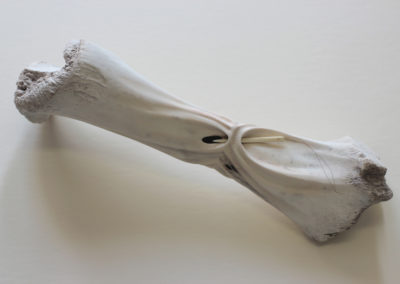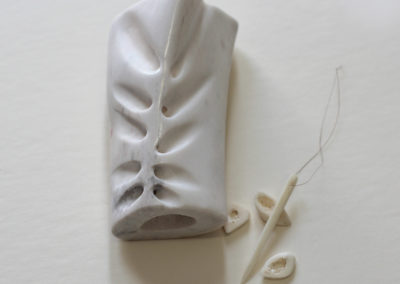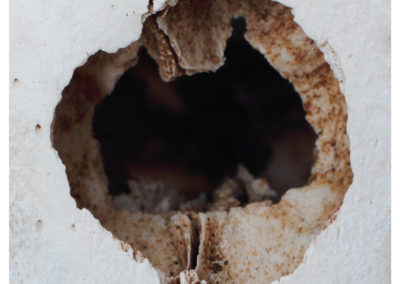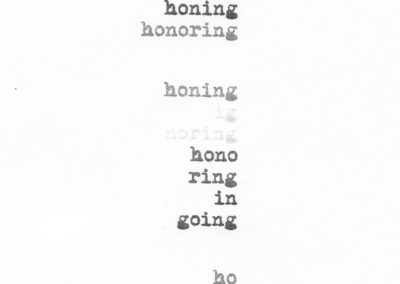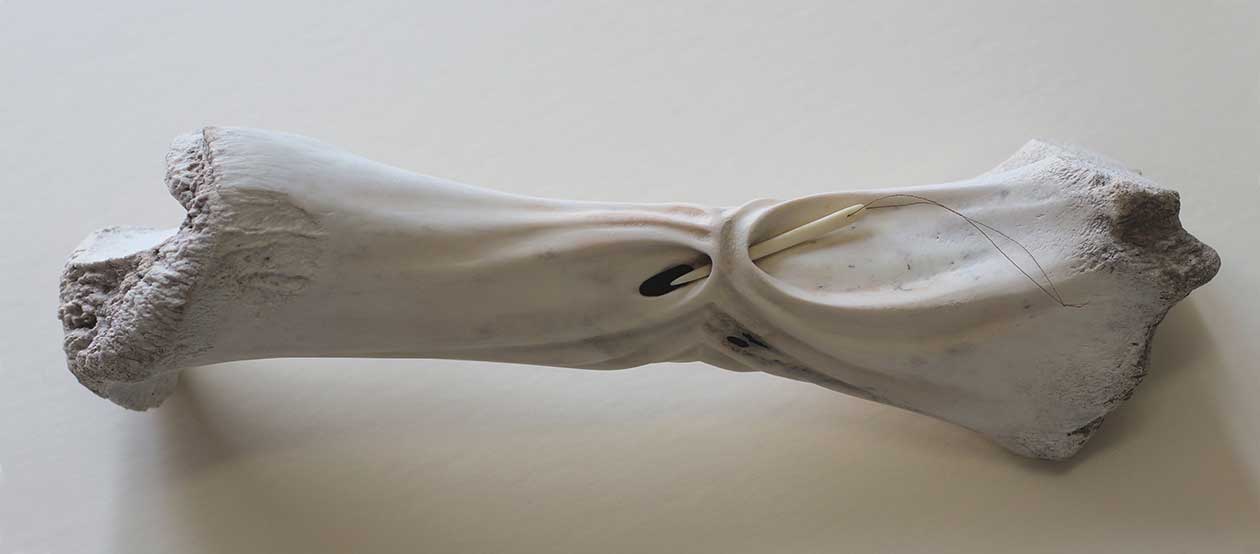
LINDA BRANT
BIO
Linda Brant is a visual artist and clinical psychologist based in Orlando, FL. She maintains a private practice and teaches part-time at Ringling College of Art and Design and Saybrook University. Her art work focuses on honoring and memorializing animals that are not typically regarded as grievable. Brant’s work can be found in Margo DeMello’s text, Mourning Animals (2016) and in Antennae: The Journal of Nature in Visual Culture (Summer 2017). She has received two creativity grants from the Culture & Animals Foundation and is currently partnering with Hartsdale Pet Cemetery in New York to build a monument dedicated To Animals We Do Not Mourn. Brant has exhibited her work in shows and galleries across the country including the Women’s Research Center Gallery at the University of Central Florida in Orlando, FL, Woman Made Gallery in Chicago, IL, the J. K. and Sarah Galloway Foundation Gallery in Winter Park FL, and the Selby Gallery at Ringling College of Art and Design. She has won numerous awards for her work and has presented papers on her various projects at state and national conferences. In her free time, she enjoys spending time with her therapy dog, ‘Casper,’ a pit bull rescue.
ARTIST STATEMENT
Through my art, I examine the ways in which people honor or do not honor nonhuman animals following their deaths. While companion animals are frequently grieved and honored, those that we depend on for food and other products are rarely recognized. With a few noteworthy exceptions, the deaths of farm animals, laboratory animals and wild animals go virtually unnoticed. What makes one species worthy of honoring and another unworthy? What implications do our values and judgments about nonhumans have for humanity? What role does personal and collective guilt play in our sensitivity to or denial of animal deaths? I explore these issues through sculpture, photography, concept-mapping and interactive community-based projects.
In response to feelings of guilt, sadness, hypocrisy, humility, and compassion, I gather the bones of common animals and carefully clean and re-present them. My role is sometimes that of a witness, documenting the traces of animal slaughter as I discover them, as in the photograph entitled Bullet Hole, Sheep Skull. Other times, as in the Mending series, my role is more like that of a mourner or a penitent, futilely attempting reparation. The process of mourning – remembering sorrowfully – occurs through an encounter with the materiality of the human and non-human remains, the physical act of cleaning, the transformation of the corporeal substance, and the symbolism of the altered form.

